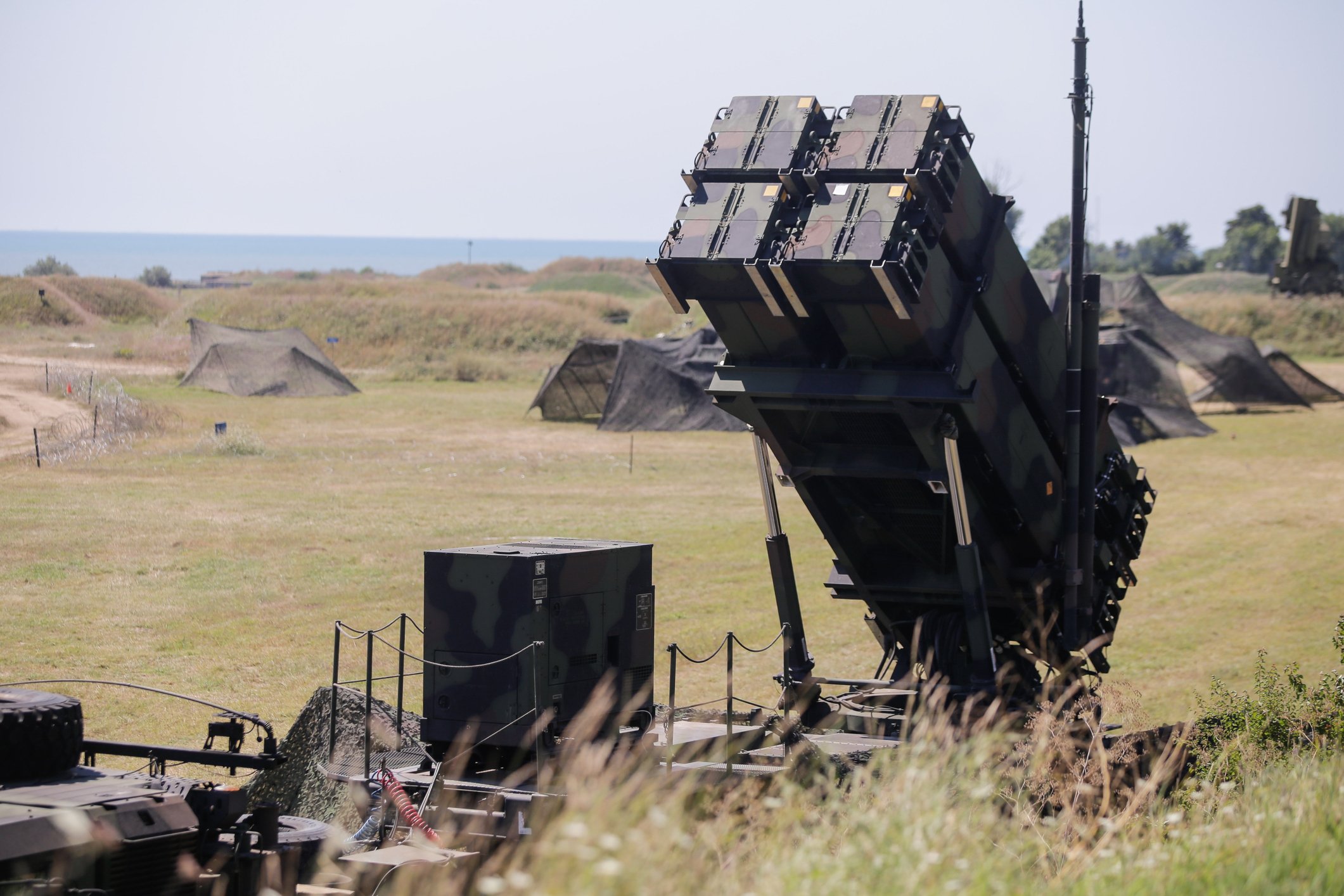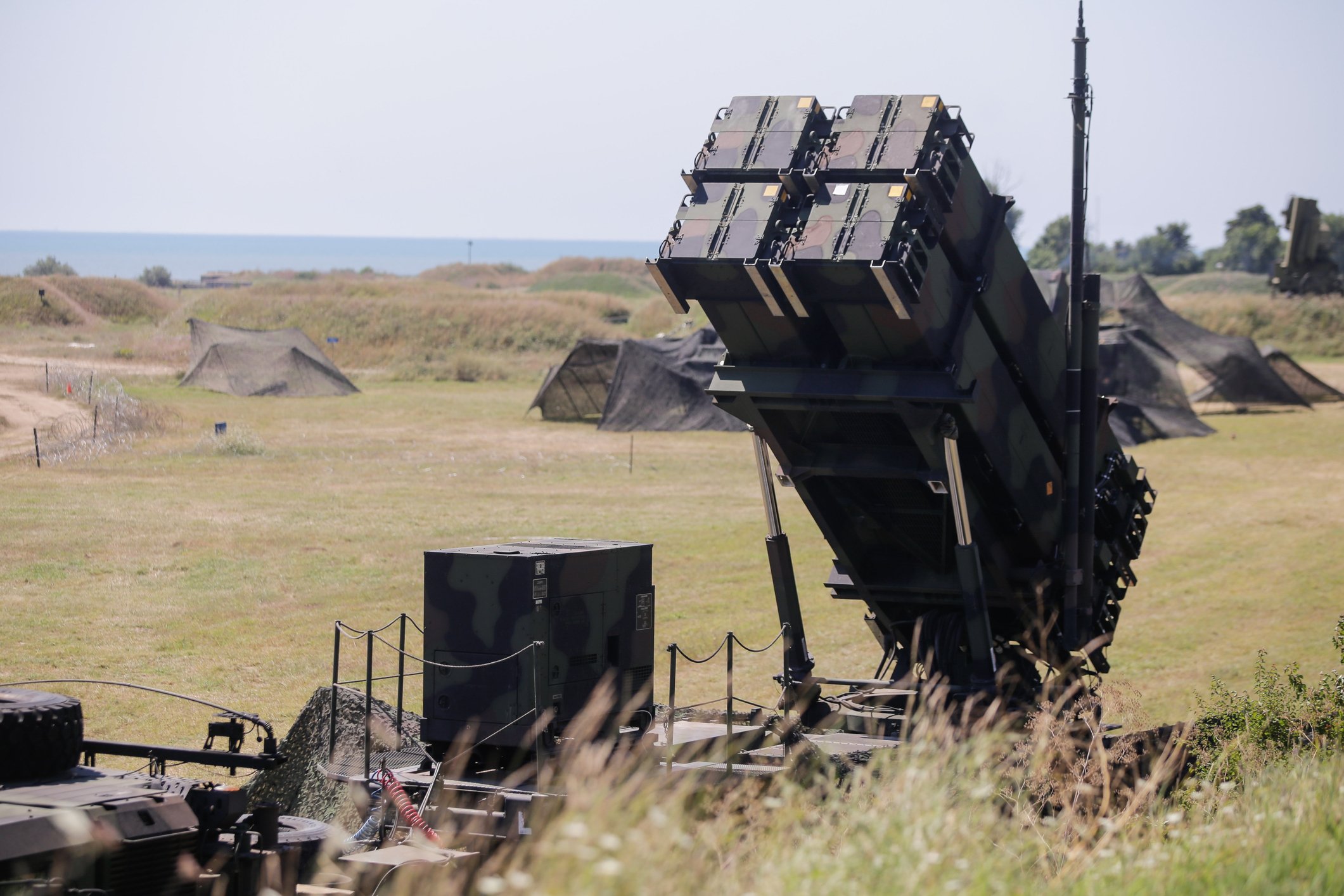The U.S. military already has hundreds of F-35 fighter jets in its arsenal, but the plane officially is still in the testing phase, and awaiting a formal decision about moving it to full-rate production. The COVID-19 pandemic could push that decision back even further.
Normal operations at California's Edwards Air Force Base, including the F-35 test flight program, have been shut down temporarily as part of the nationwide efforts to slow to the spread of the novel coronavirus. While some data analysis will continue, the shutdown seems certain to delay work regarding the new aircraft.

Lockheed Martin's F-35 in flight. Image source: Lockheed Martin.
Lockheed Martin (LMT +4.72%), the F-35's primary contractor, had originally hoped to get the go-ahead to transition to full-rate production by the end of 2019, but the Pentagon last fall said that its decision would be delayed by as much as 13 months due to changing Air Force requirements, as well as hang-ups in testing and missed targets for adding features.
Edwards is now only performing "mission essential" operations, which will slow development of the F-35's Joint Simulation Environment and its cyber protections, according to Defense News. The simulator is considered key to the program because it allows the Air Force to test the aircraft in specific situations and against specific threats without the risk that a foreign power could observe those tests and gain intelligence on the plane's vulnerabilities.
The F-35 is already well on its way to being a trillion-dollar program for Lockheed Martin and its subcontractors, but more delays in ramping up to full-rate production could push some of the defense contractor's anticipated revenue growth out into future years.






